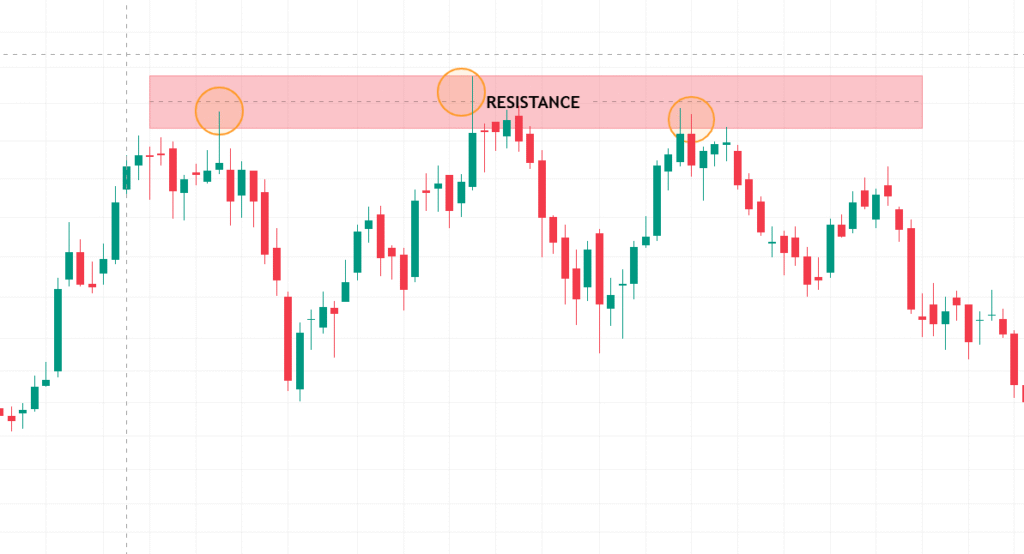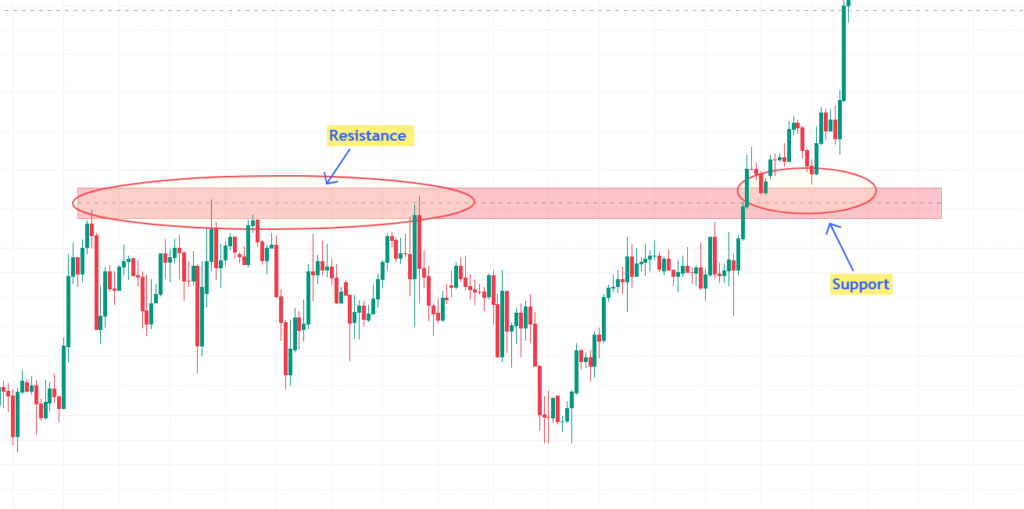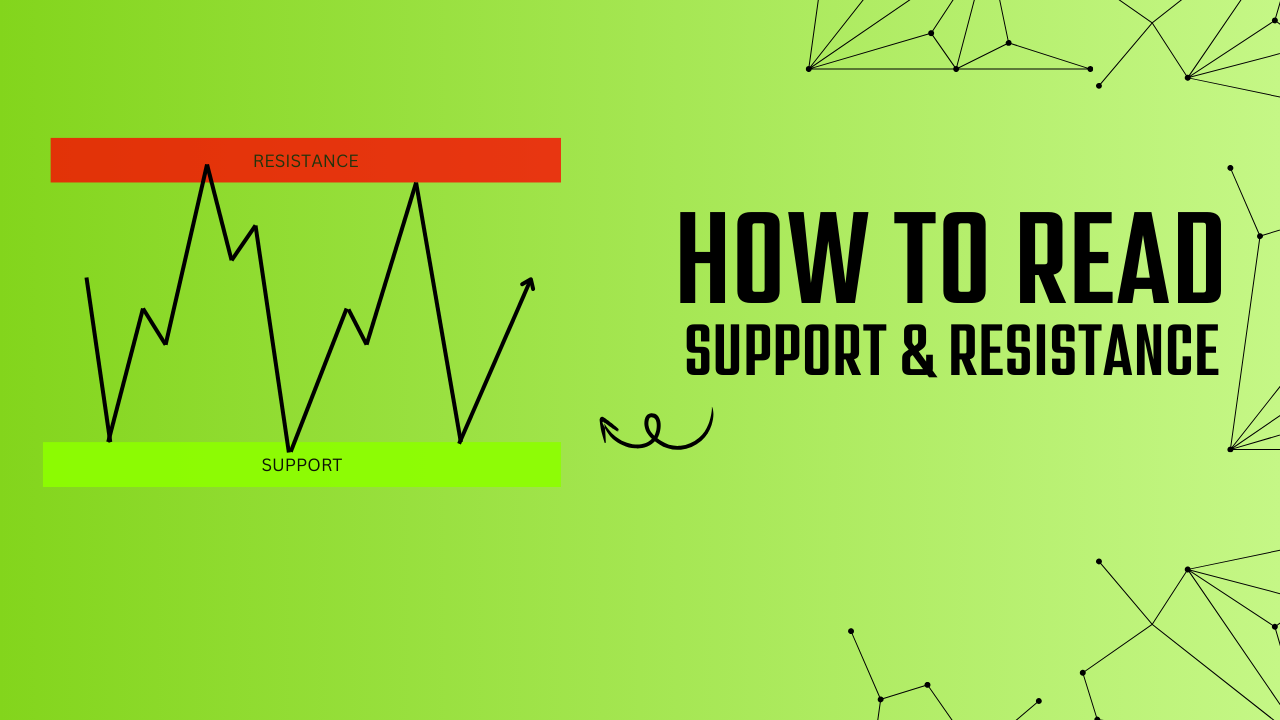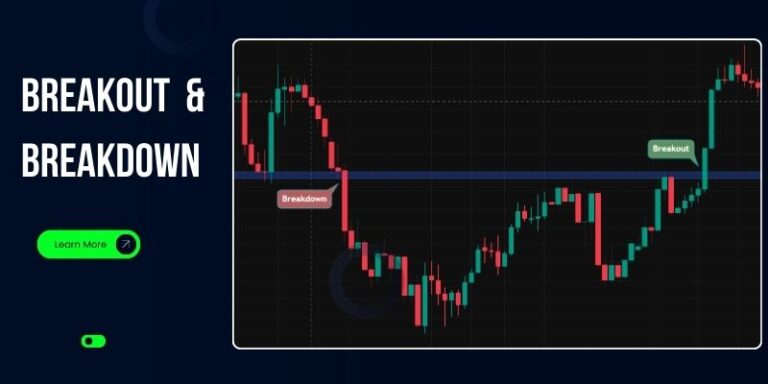What is Support and Resistance? A Beginner-Friendly Guide
In the stock market, support and resistance are two of the most important concepts that every trader should understand. Whether you are a swing trader, positional investor, day trader, scalper, or even a beginner, these two levels can help you make smart trading decisions.
Table of Contents
What is Support?
Support is the price level where a stock stops falling and starts to rise again. It is like a “floor” for the price – and it is a level where buyers are in high demand, which prevents the stock from falling further.

Example:
If a stock keeps falling but bounces back every time it reaches ₹200, then ₹200 is considered a support level for that stock.
Why is support important?
Support shows you where demand is strongest. Traders often buy near support because the stock is more likely to reverse upward from there.
What is Resistance?
Resistance is the opposite of support. It is the price level where a stock stops rising and starts falling. You can think of it as “resistance” – sellers enter the market here, increasing supply and pushing the price down.

Example:
If a stock rises but keeps falling near ₹300, ₹300 is considered a resistance level.
Why is resistance important?
Resistance helps traders know where a rally might end. Many traders sell near resistance to lock in profits.
Support and Resistance Keep Switching
The most interesting thing in technical analysis is that once resistance is broken, it can become support, and once support is broken, it can become resistance.
Example:
If a stock breaks above the ₹300 resistance level, that level can act as support in the future. And if a stock breaks below the ₹300 support level, that level can act as resistance in the future.

How to Use Support and Resistance in Swing Trading
1. Entry points: Buy near support, sell near resistance.
2. Stop loss placement: Place stop loss just below support or above resistance.
3. Breakout trades: Enter when price breaks resistance with volume.
4. Pullback trades: Wait for price to return to broken resistance (now support) before entering.
Final Thoughts
Support and resistance are not fixed numbers — they are zones or areas. Always combine them with other indicators like volume, moving averages, or price action patterns for better results.





